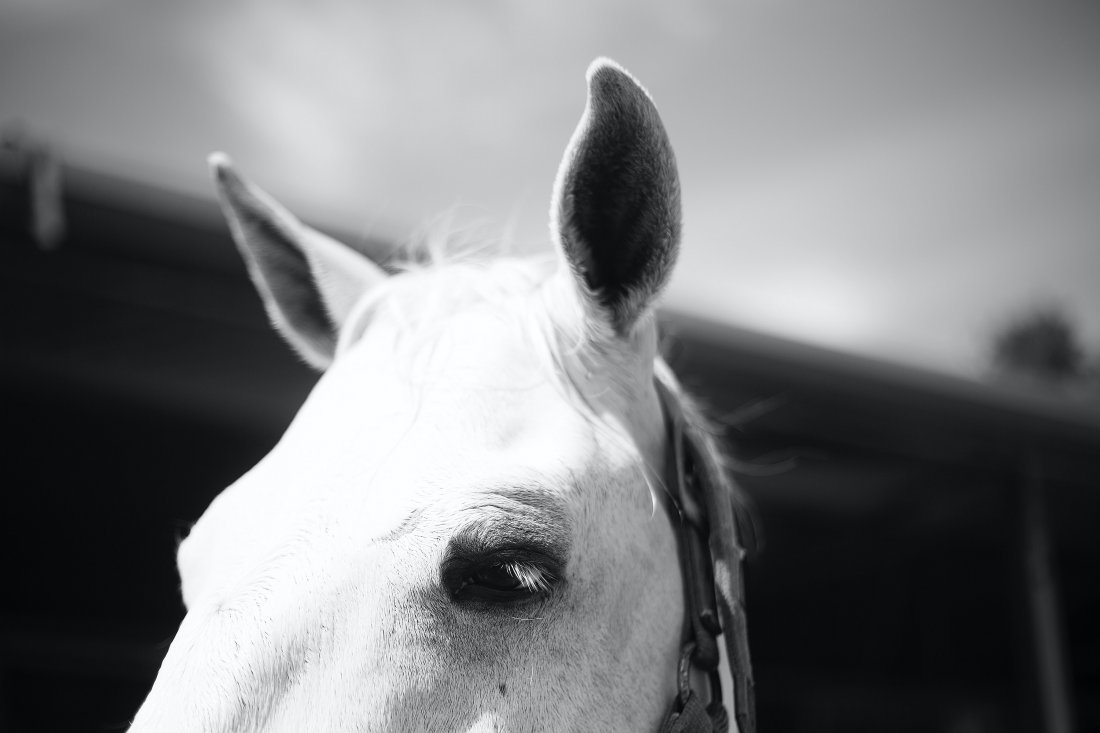
Owning a horse is a popular dream. If you’re here, it’s probably because you’ve always dreamed of having your own horse, and you want to find a way to make it a reality. I wanted to share my tips of how to have an affordable horse, based on my decades of owning horses. I’ve keep horses at home and I’ve boarded, and I’m extremely cost conscious. I have too many responsibilities to sink all my money into horses.
I want to be perfectly clear thought – people can be very involved with horses without having the expense of actually owning. If your dream is just to pet and groom horses and hang out with them, you can likely do that without shouldering the huge cost of ownership. Horses, regardless of how careful we budget, are expensive. There’s no way to responsibly have horses but not spend money on them. They are a many year commitment. When you buy a horse, you’re committing to spending several hundred dollars a month for a long time. If you can’t afford that, no amount of budget trickery is going to make it happen. You’re better off sticking to lessons, which may cost money but don’t require a commitment, or volunteering at a barn, and potentially getting lessons free. Or catch riding, or volunteering at shows, or becoming a working student, or any one of dozens of possible ways to be involved with horses without spending money.
But if you are determined you will have a horse, here are some tips that might help.
Lower Your Expectations
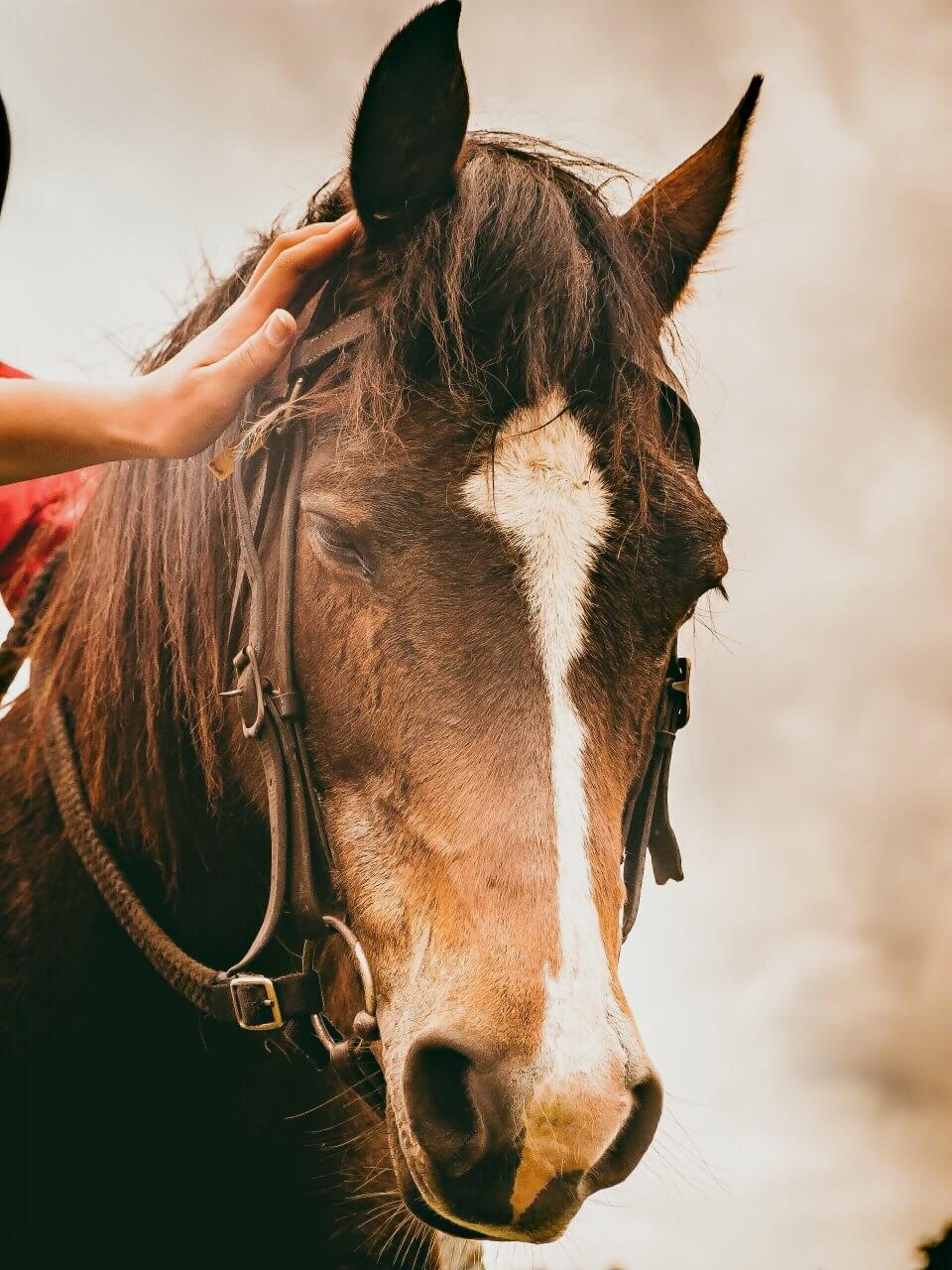
This is absolutely the first thing you need to do for an affordable horse. You aren’t going to be taking your budget horse to WEF, or Finals of anything. Those kinds of shows are for people working with a very different kind of budget. You don’t need expensive tack, the latest gadget or color coordinated everything. Are these things fun? For sure, but if we are talking about truly affording a horse on a budget, these things aren’t important. Having an affordable horse means sticking to your budget, buying quality tack that will last, not the latest trendy brands, and not going on all out splurges. A day at one of the top shows can wipe out your entire horse budget and then some, so don’t think that “affordability tips” will somehow allow you to show at these places. It’s just not possible.
Of course, there’s more to riding than just showing, and if you’re okay with that, read on.
Choose a Hardy Horse
Have you ever heard the term “easy keeper?” It means a horse seems to eat very little, yet they don’t lose weight. While this is terrible for a human (I know that feeling), it’s desirable for a horse. The less a horse eats, the less they cost to feed. Grain prices have been rising the every year and don’t seem to be coming down anytime soon. The grain I buy is $17 a bag, and that’s on the cheaper end. Luckily mine don’t eat much grain so it lasts longer, but this is an expense that can add up very fast. Feed costs are going to be one of the biggest expenses, so choosing a horse that doesn’t require much feed is the best way to stay on a budget. The ideal horse would be one that stays fat just on grass, but don’t count on that one, most horses in work will require some grain.
How do you find this mythical animal? You’ll mostly have to talk to the seller of the horse, but certain breeds keep their weight better than others. A pony or pony cross would be very likely to not require much feed. A thoroughbred might be the opposite and require lots of feed. But it can vary wildly, so look at the current weight of a horse, and then ask what the horse is fed, including the type of hay, the type of grain, and the amount of both.
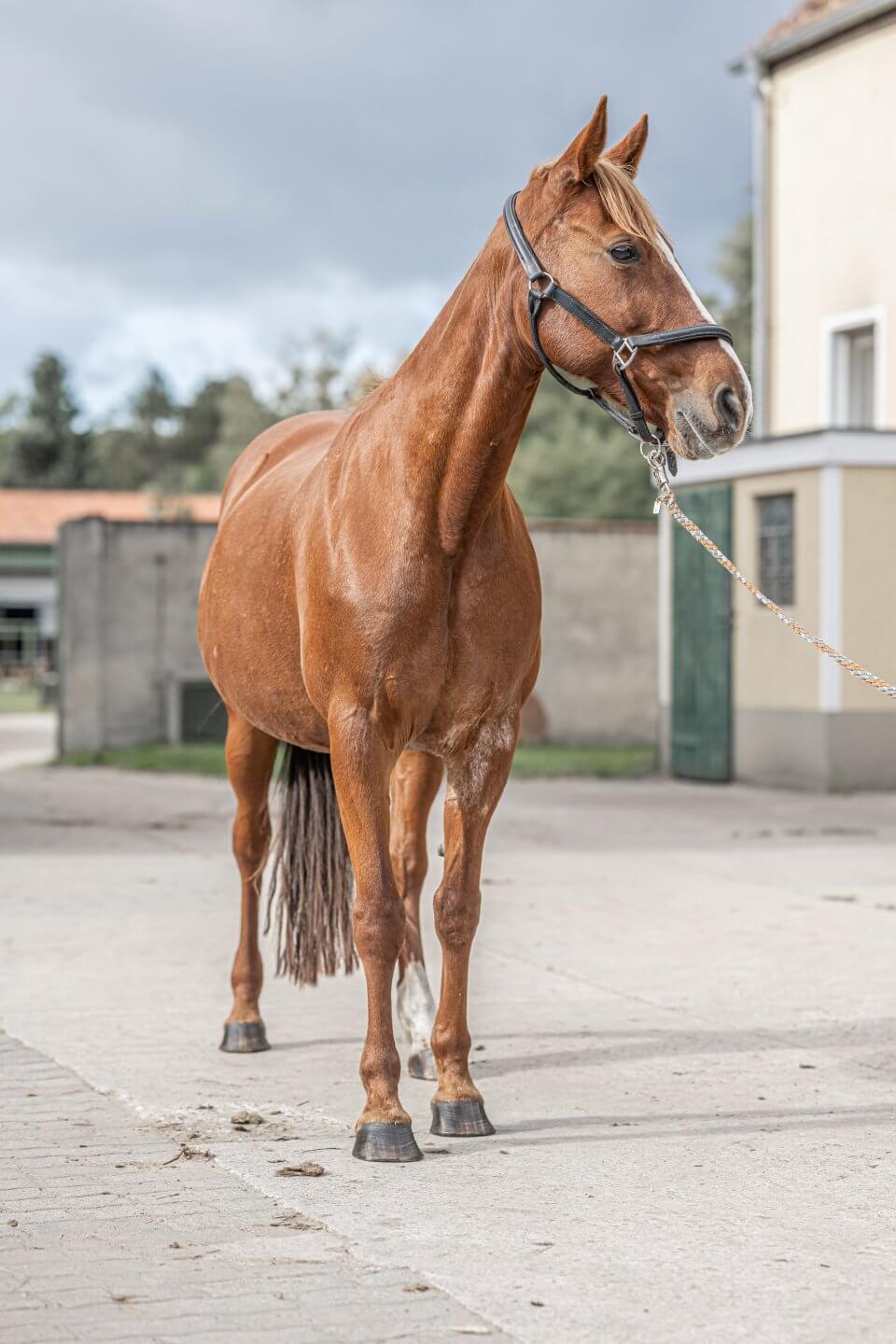
Look at the horse’s hooves. No hooves, no horse, and also in your case, no ownership. Your ideal horse is going to have hooves so good that it can go barefoot. Horses are trimmed every 6-8 weeks, and it usually costs about $50-$70. Keeping a horse barefoot is the cheapest way. If your horse requires shoes, the price jumps $100 or more. If your horse requires special shoeing, the price can get to $300+. You can blow your whole budget very fast.
When you’re looking at a horse, see if they are currently barefoot. Look at the quality of their hoof – are there cracks? Does it look nicely shaped? How does the horse walk across different surfaces – does he seem comfortable or does he take short, painful steps?
It can be hard to determine the quality of a horse’s hoof, so make sure a vet checks it out during a prepurchase exam – which I also hope you will get. Make sure the horse is sound before you buy it, otherwise you just bought yourself an expensive pet.
A Trained Horse vs. a Green Horse
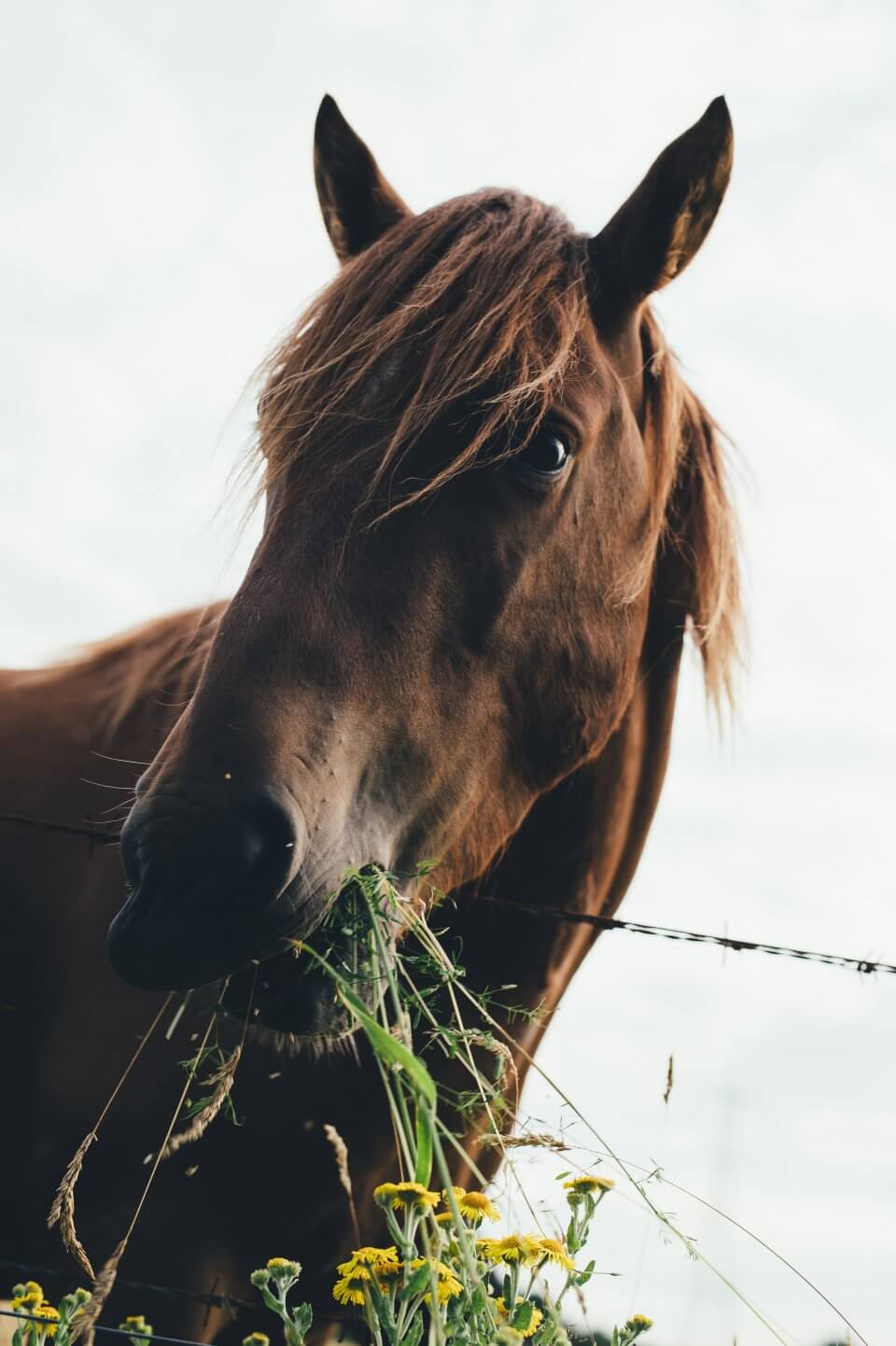
Ah the allure of the cheap horse. A few hundred dollars, and you have yourself a beautiful and young horse. But you know what you don’t have? The actual ability to ride your horse. You now have a beautiful lawn ornament.
Okay, that might be a little harsh. But young and beautiful cheap horses are cheap for a reason. They need training before you’ll ever be able to ride them. That means MONTHS to YEARS of training bills, for both you and the horse. The horse has to be trained so it knows its job, and you have to be trained so you don’t accidently teach the horse to be a bad horse.
If that’s an expense you’re willing to shoulder, then yes, buying a cheap younger horse can save money initially, but you’re going to end up spending money on training the horse, plus all the normal expenses associated with horses while the horse is trained. But it can be a way to afford a fancier horse, for instance, I purchased my horse Stu when he was a foal, but then he was at a training barn for two years, a considerable expense. Because of his breeding though, I wouldn’t have been able to afford a similar horse after the years of training.
But for the purposes of this article, to have an affordable horse, you literally don’t need an expensive warmblood. You need a safe horse that you can enjoy. That means buy it the way you want it already, so you don’t have to spend additional money to make it how you want it.
Unless you’re already a working student or something, maybe a teenager who has been catch riding for years or you work off your lessons, or have an agreement with a trainer. If you literally have the ability to train the horse, or you have a resource like a trainer that will work with you, cheap or free, then looking at green horses can save you a lot of money. But if you are looking to pleasure ride, and you’re not specifically looking for a massive, potentially DANGEROUS challenge, just stick with a trained horse. You’ll save yourself years of frustration and/or injury.
Look for Co-Op or Private Boarding
So now you have a horse, and you need to stick it someplace. Usually you’ll want to have this part in order before you actually get the horse, but most people don’t look into it until they actually have a date to bring the horse home, making this a very chicken vs egg situation. You don’t need the space until you have the horse, but you can’t get a horse until you know where you’re going to put it.
Barns come in all shapes, sizes and prices. Sometimes bigger barns can be cheaper, and sometimes smaller barns can be cheaper. The cheapest options are going to be some form of field board. Field board is easier for barns, and usually healthier for the horse, so this is a fine option. Many places don’t do field board though. Stall board, since it requires more labor and supplies, will almost always be more expensive.
The more amenities a barn has, the more expensive it’s going to be. A field is going to be cheapest. A field with a riding ring will be more expensive. It may be tempting to go with the cheapest option, but remember you do actually need a place to ride your horse. You will be regretting your choice if you’re showing up but can’t actually ride.
To find your barn, check out classifieds, and email/call your local barns. Ask in local facebook groups for recommendations. Usually some variation of:
“Hello, I’m looking for an inexpensive boarding option in this area for my (age and breed) horse, does anyone have any recommendations?”
There may be private farms or co-op situations that you wouldn’t have known about if you didn’t ask.
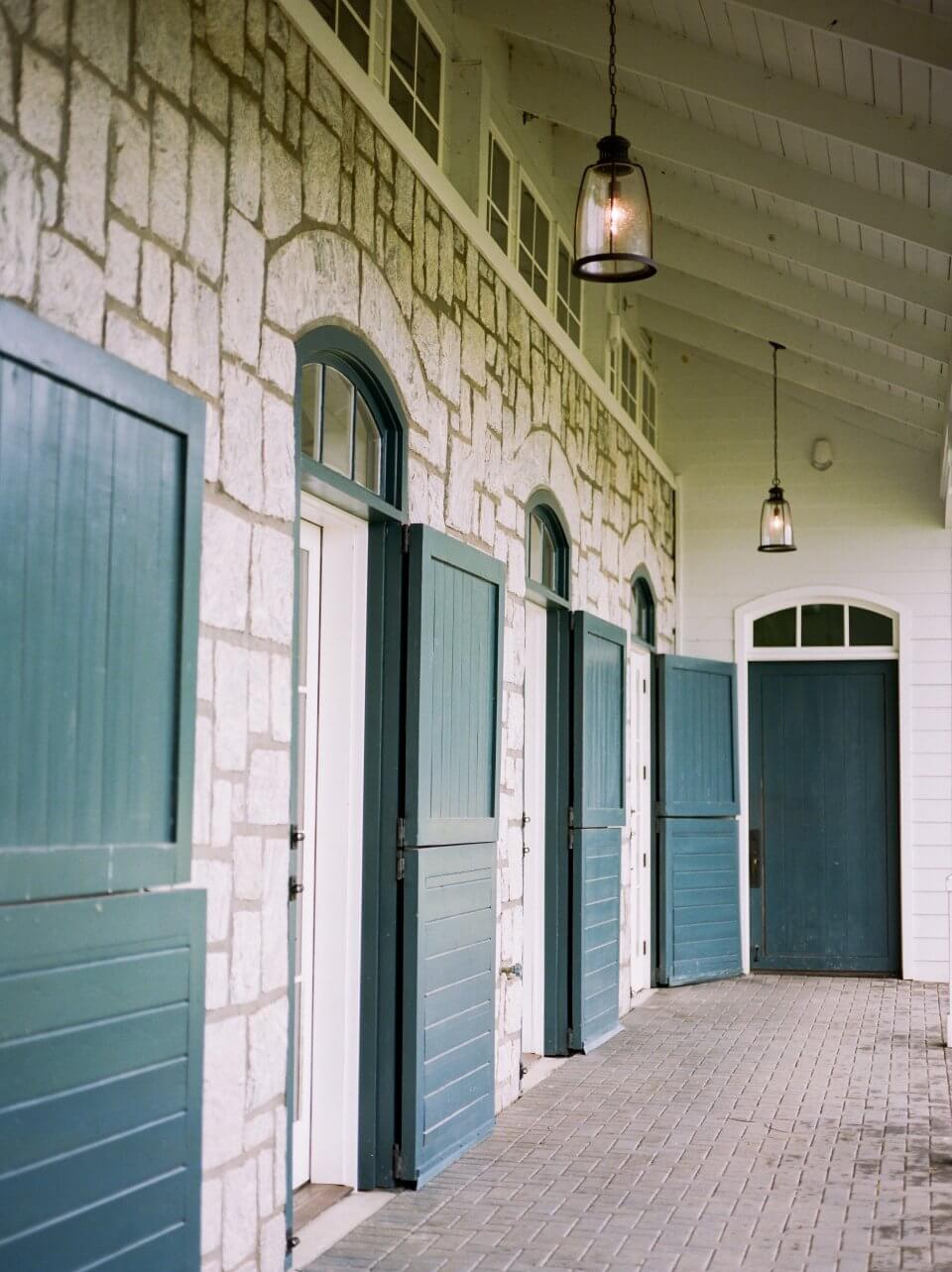
Sometimes barns are willing to reduce the cost of board if you’re willing to do labor. This would usually amount to X hours per week will take $Y off your board. Almost all barns have been burned at some point by people who said they are willing to work but don’t, so don’t be shocked if the barn doesn’t agree to it. If they do, consider yourself lucky, and then actually do the work. Be willing to pay the full board amount if you can’t do the labor anymore.
Now, to correct a very common misconception: It is not cheaper to have your horses at your house. Well, actually, let me correct that, too. If you have many horses, then yes, it probably will be cheaper to have them at your house, because it’s basically a similar cost whether there’s one or 4. It’s the only way I managed to have 4 horses at the same time. But having many horses is the opposite of trying to be affordable.
It’s expensive to keep horses at your house. I barely ever rode because I was taking care of the property. The field needs mowing and weeding, fences need repairing, the barn needs repairing. It’s expensive to purchase a horse property, it’s expensive to build horse amenities, it’s expensive to buy a tractor and mower. Basically, you’ll spend way more creating and maintaining your horse property than you would if you had just boarded. For a lot of people, it’s worth it to see their horses out their window, but if we are taking about pure affordability, just stick with boarding and let someone else pay for and maintain the property.
Where to Buy Tack and Supplies
Unless you’re planning to “be one” with your horse, you’re going to need tack to ride it. A saddle, saddle pad, girth, and bridle are the standard tack pieces. Anything above that depends on your specific horse, and if you want to be “extra.” The cheapest way to get these items is used. A tack exchange, facebook market, used tack stores and word of mouth are all good ways to find used tack. Tack can be tricky because it needs to actually fit, you can’t just slap on whatever tack and hope for the best. That’s not fair to the horse. But I can’t tell you if your tack fits your horse, so it’s best to have a professional you trust verify that your tack does fit, or help you find tack that does fit. It might seem expensive, but it’s better than paying for the vet to fix an injury down the line.
Now, where this gets expensive, but doesn’t need to be: You don’t need dozens of saddle pads. Stop buying saddle pads. You need one or two saddle pads, not a whole stack of them. If you are trying to figure out why you blew your budget, it’s probably because you started buying a bunch of accessories you didn’t need. Excessive saddle pads, horse boots, brushes, bridles, riding clothes, accessories, etc. this stuff all adds up. It’s possible to very quickly blow through your budget by following trends or just collecting stuff. As fun as it is, you probably don’t need these things, or you need like one item, not five. Be wary every time you enter a tack store or browse a site – this is where a huge chunk of money can just disappear.
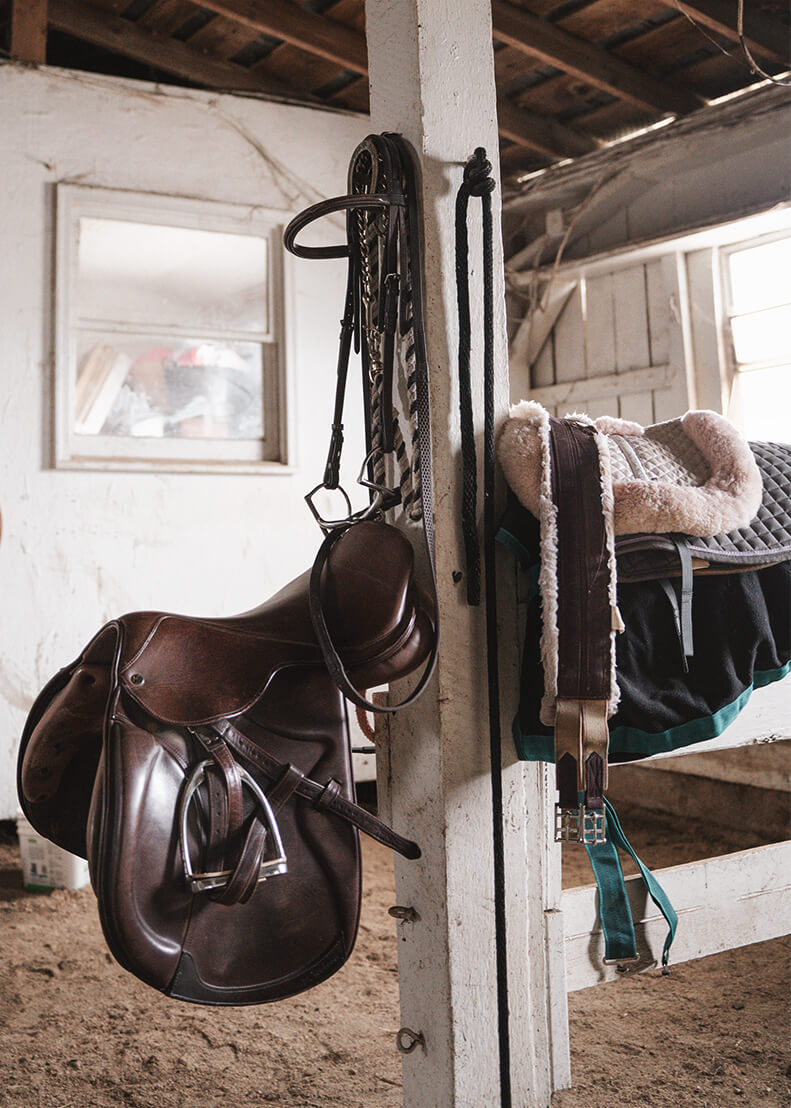
Supplements Are (usually) a Waste of Money
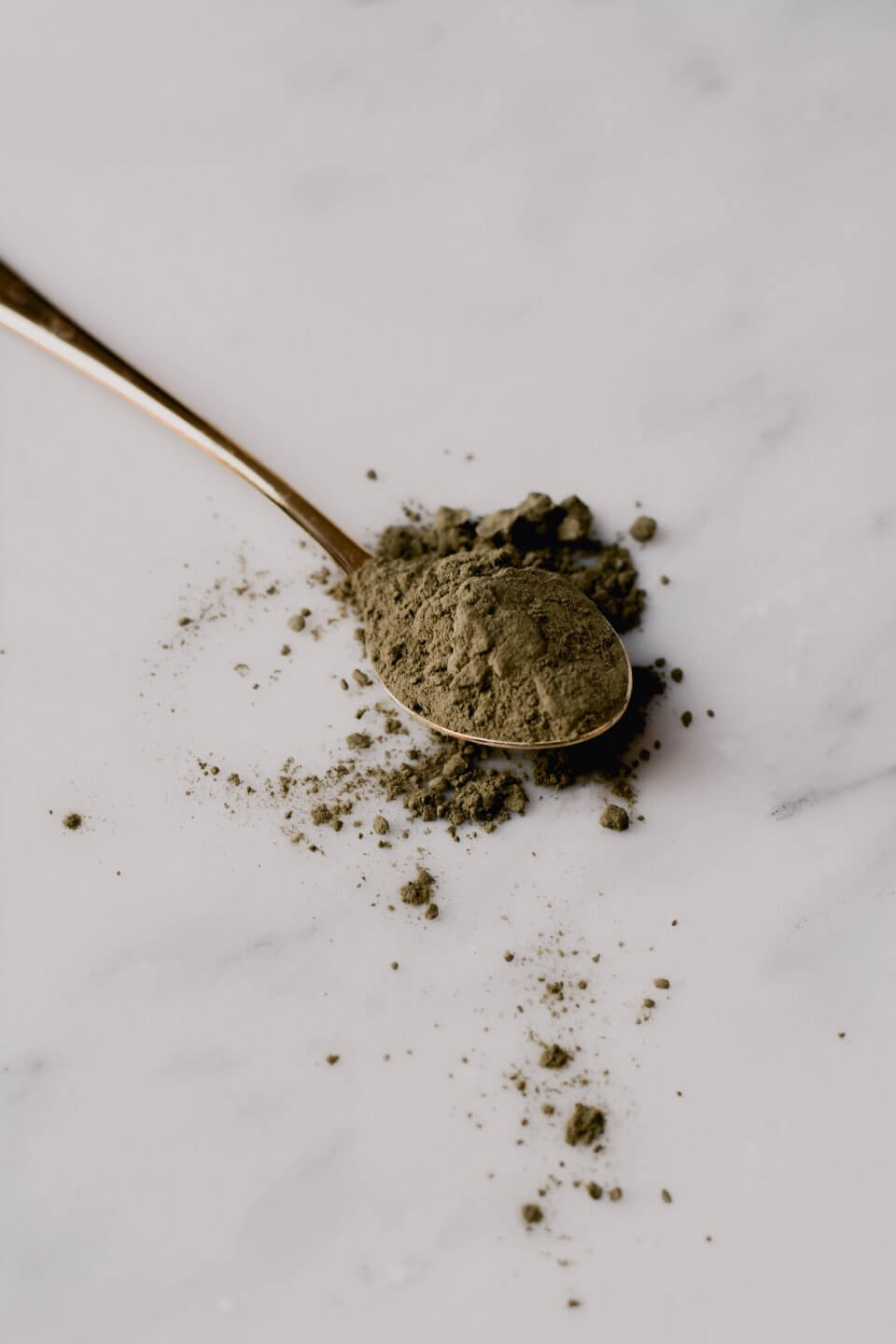
“Hey you! Yeah you, come on over here and check out my wares. I’ve got right what you need, I can cure that stifle, I can make that coat shiny as a penny!” *all said in an old timey voice*
Supplements, to put it bluntly, give your horse expensive pee. I know people might come at me for this. But most supplements are basically unneeded and unproven to do anything. A horse needs a well balanced diet, and any additional vitamins you give it after that, aren’t absorbed. They go right through the horse.
Now if your horse is lacking something in their diet, for example, salt, then giving them a supplement will balance their diet and help keep them healthy. Salt is needed by all horses, which is why we give them salt licks. But most horse grains are extremely balanced. They are created to be balanced horse diets for horses.
To be fair, there are a few supplements that actually do work. but most of them do not. To be safe, just ask your vet if your horse needs something. Or wait for them to recommend something. You can lose a lot of money with supplements.
It Is Possible to Afford a Horse
If you are determined you will have a horse, you can make it happen (disclaimer: I don’t know your personal finances, so take that with a grain of salt.) Horses are expensive, but it is possible to own one on a careful budget. I would never advise someone to blow their budget to make it happen, but if you are careful with your money, and understand the full gravity of what you are taking on, you can make that dream come true.
I’ve owned horses for a long time, and they can be fairly cheap, or they can be very expensive. If you want to keep them cheap, you need to learn to say no to so many tempting things. But horses can be loved and well cared for without those things. The best part of horses is just being with them, and those memorable rides that live with you forever, so stay humble, and you can do this.
Good luck!

What Progress Should I Expect as a Beginner Rider? - An Equestrian Life
[…] How to Afford a Horse […]
Anonymous
Achieving my dream, of retiring & living on a farm with my horse, I have found that 90 per cent of my SS ck goes to the care & feeding of my skinny, hard keep TB. I have her on $135. Farriers Formula, and wonder, if I stop giving it, will she suffer? I have gone from senior feed, to additional beet pulp, grass pellets, rice bran…the list goes on and I’m constantly at the Feed Store. Should I just stop all the extras and just dial it back, or am I doing any good. She’s still thin after 3 yrs, but vet says she’s fine for a 31 yr old. She acts like a filly., and is fun to ride. We are a good match and I want the best for her. She just lost her pasture mate, and is grieving.
Courtney
AnonymousShe sounds lovely! Older horses can be hard to manage, they do require more to stay healthy. It’s hard to say if she needs all those supplements or not, the vet would be able to advise. I’m sorry she lost her pasture mate, how sad for her 🙁